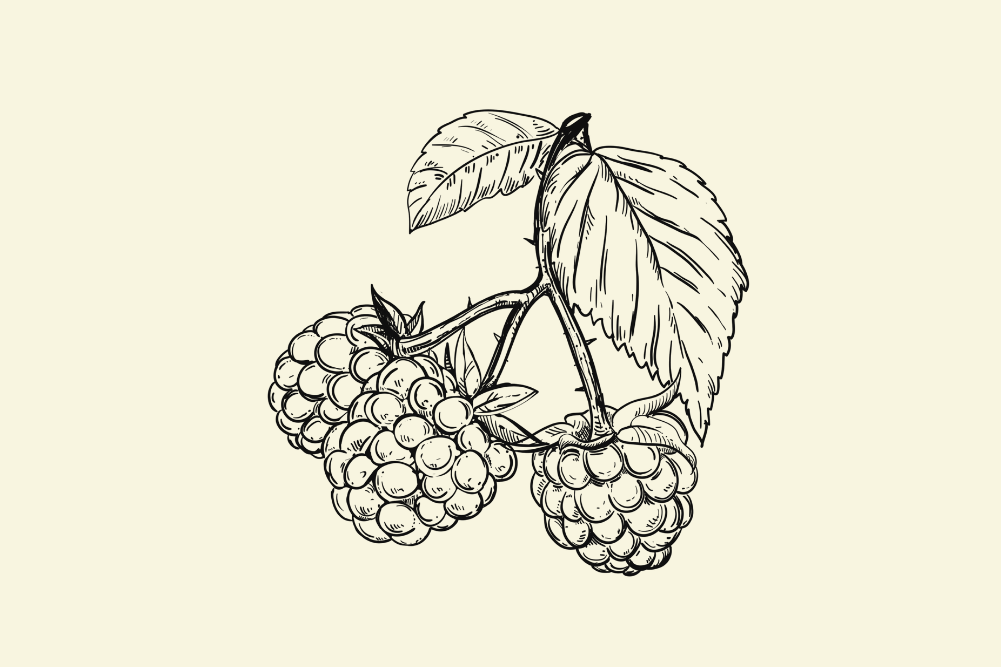Grow, cook and heal with passionfruit
Passionfruit are gorgeous eaten raw, but they are also a powerhouse of nutrition that can spark up many other dishes.
Passionfruit is a delicious fruit that is native to subtropical wild regions of South America, probably originating in Paraguay. Botanically, the purple fruit that you know and love belongs to the family of Passifloraceae and has the species name Passiflora edulis. There are some golden or yellow varieties available these days that go by the botanical name Passiflora edulis flavicarpa (Panama Gold passionfruit). Just to confuse the issue further, there are also some purple varieties of the P. edulis flavicarpa (known as Panama Red) now available. The two latter varieties are favoured by some as they produce larger, juicier fruit than the traditional passionfruit.
Grow your passionfruit
The passionfruit plant is an avid climbing vine that grows on anything it can get its tendrils through and around. The fruits grow upwards so you get lots of fruit for little space and in hot areas you can even grow them up trees. They also grow in large pots on a balcony.
If you want to grow passionfruit, you should plant your vines from early September to December, after the frosts have passed in cooler regions. Passionfruit will grow throughout Australia, but check at your local nursery to find the best variety for your area.
They like full sun and plenty of room and are frost sensitive. You should grow your passionfruit vine on a structure, such as a trellis. It likes well-drained soil, but keep the water up to your vine, particularly during fruiting periods and when it is dry. The vines are vigorous growers, so keep them in and check with regular pruning of the old, woody growth in late winter or early spring. This will encourage new growth and flowers. The fruit is a heavy feeder, so add plenty of compost twice a year in autumn and spring. Mulch around the roots with pea straw to protect from the sun.
Vines usually produce a crop within at least 18 months of planting in cooler temperate zones, but in hot and subtropical climates expect fruit within six to eight months. Fruit drops when ripe — taste it or watch for when it changes colour, usually from green to black.
Passionfruit’s healing potential
Perhaps the greatest gift that passionfruit has to give you is its taste, but that does not mean it is without nutritional value. Around 100 grams of pulp contains about 400 kilojoules, but it is also a rich source of antioxidants, minerals, vitamins and fibre.
Passionfruit is a good fibre source as 100g of fruit pulp provides around 10g of fibre. Fibre in your diet helps balance cholesterol as well as acting as a bulk laxative. The fruit is also a good source of vitamin C, providing about 30mg per 100g. It is not a massive dose but certainly a useful one and as well as all the actions of vitamin C for immunity there is another benefit as well. Vitamin C helps with the absorption of iron and this is especially relevant since passionfruit also contains iron.
Passionfruit also contains vitamin A at around 1274IU per 100g. Both vitamin A and vitamin C are antioxidants and the antioxidant effects of passionfruit are boosted even further by the flavonoids betacarotene and cryptoxanthin-beta. As well as being antioxidants, these flavonoids, along with vitamin A, are useful in supporting good eyesight.
Potassium is an important mineral for many functions throughout your body, including muscle function, and 100g of pulp has about 348mg of potassium. Potassium is an important component of cells and body fluids and helps regulate heart rate and blood pressure.
Passionfruit is also a good source of copper, magnesium and phosphorus.
Passionfruit in your kitchen
One of life’s real pleasures is to eat a lush, juicy passionfruit direct from the shell. If you want to go a step further though, passionfruit makes a delicious addition to your cooking. The concentrated, vibrant flavour is a wonderful addition to drinks, cakes or salads. Passionfruit pulp is divine when drizzled over plain yoghurt, but don’t overdo it because the flavour is so powerful that a little can go a long way. If you want to separate the seeds to leave yourself with a pulp or juice, just place the seedy pulp in a sieve and push it through with the back of a spoon. Generally, 10 ripe passionfruit will give you around one cup of pulp.
If you are buying passionfruit, avoid the smooth-skinned ones as they will be a little tart. Instead, choose passionfruit that are a little wrinkled because that indicates the skin is starting to thin and they will be plush and ripe.








